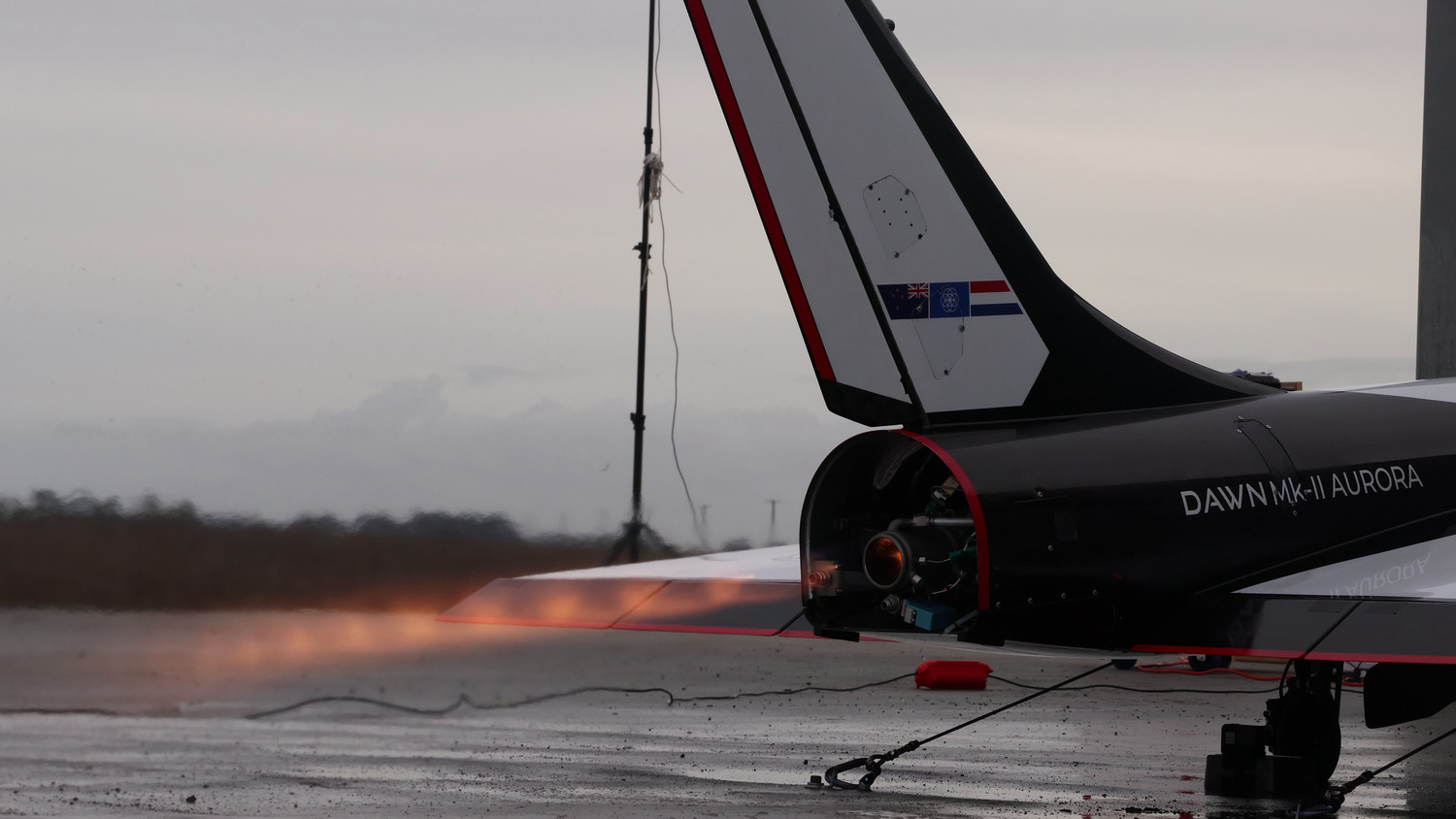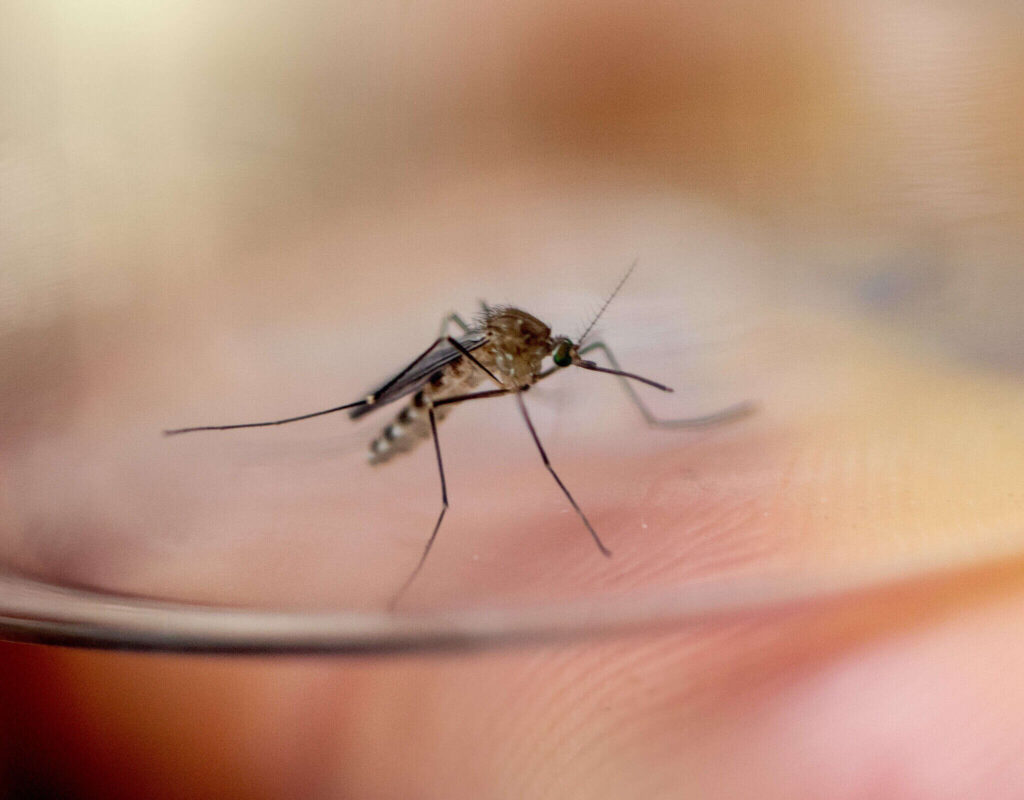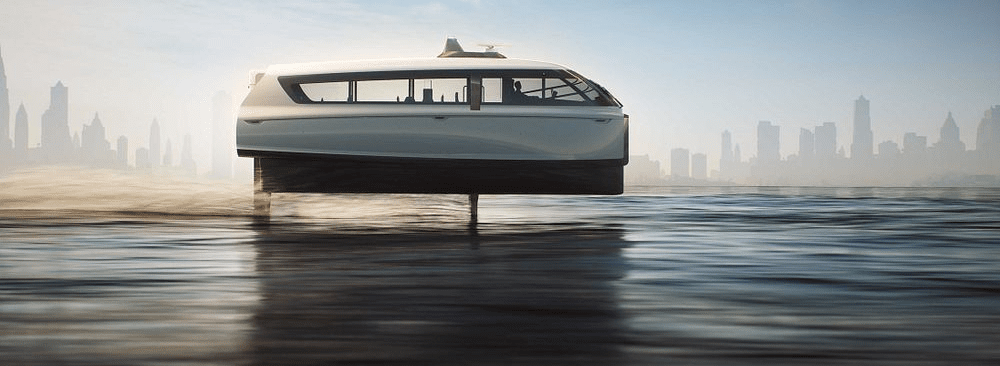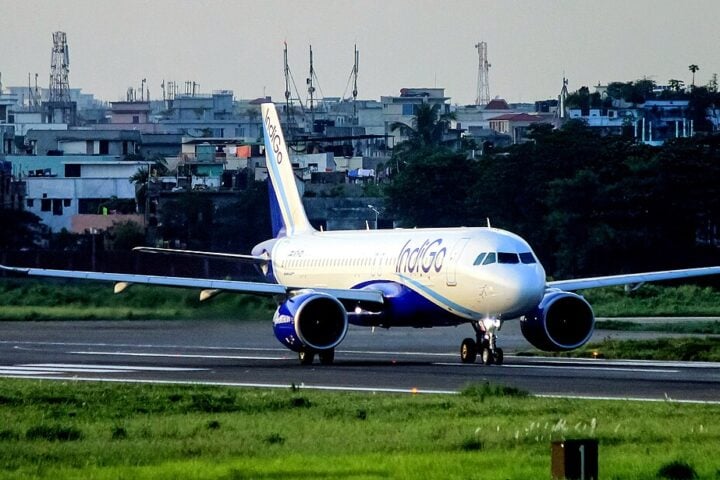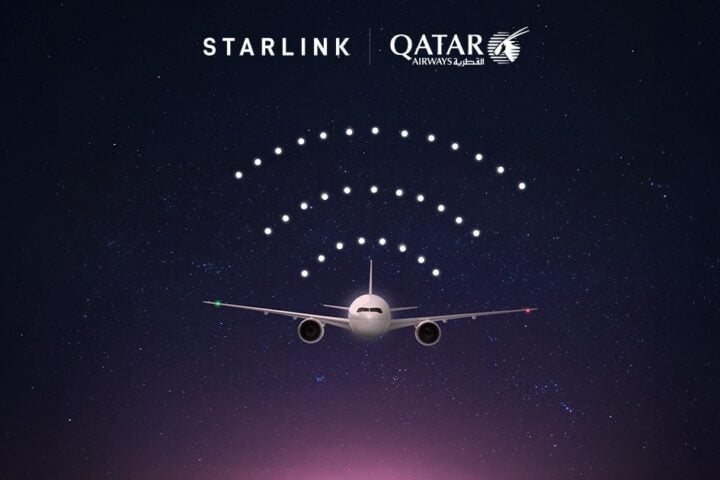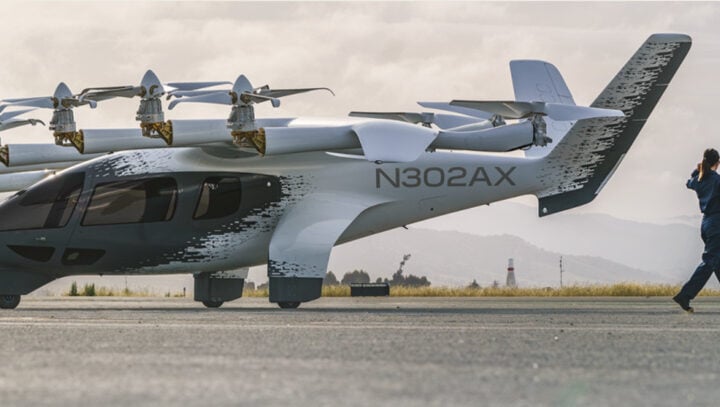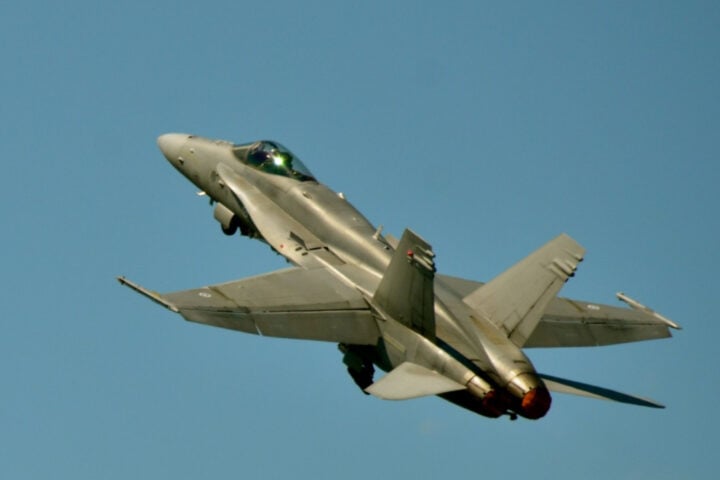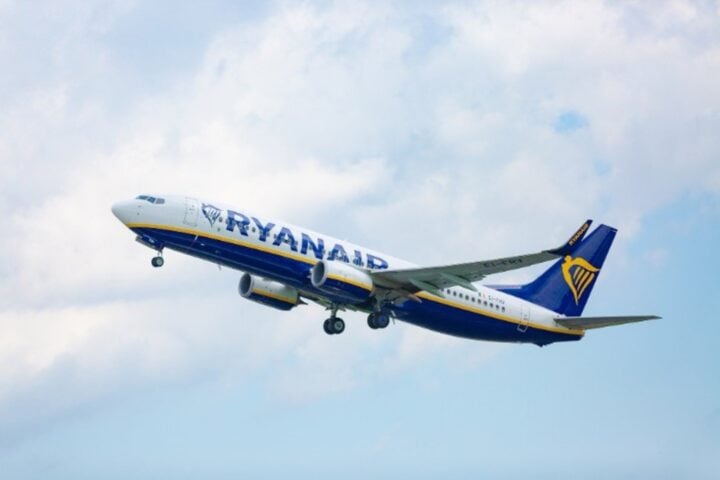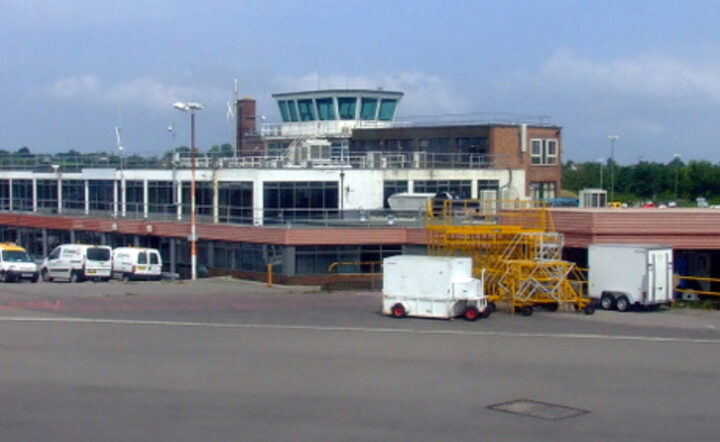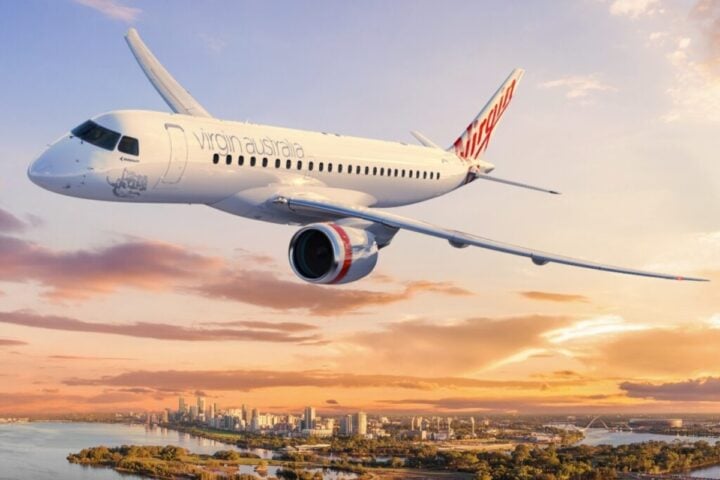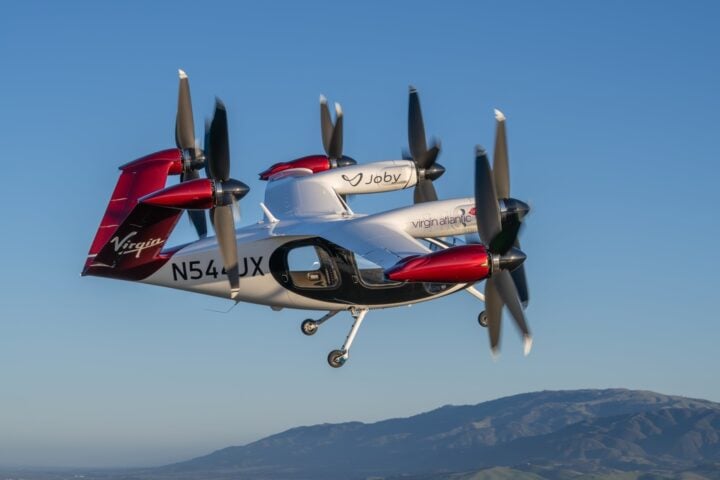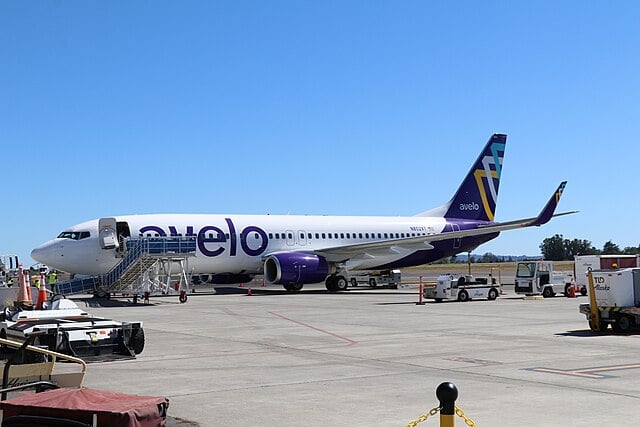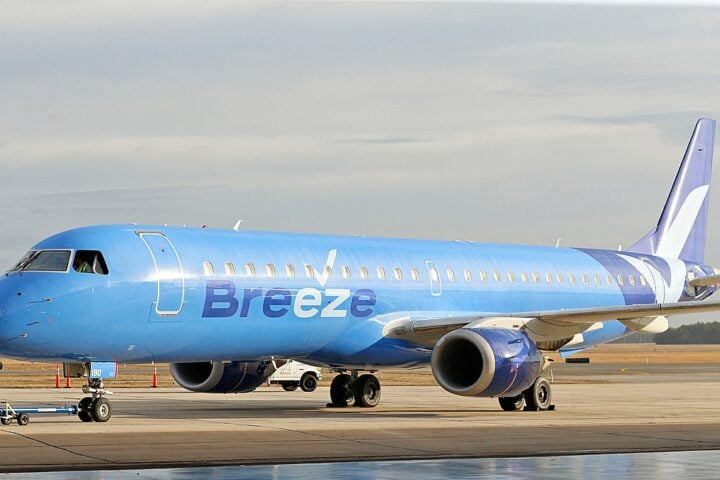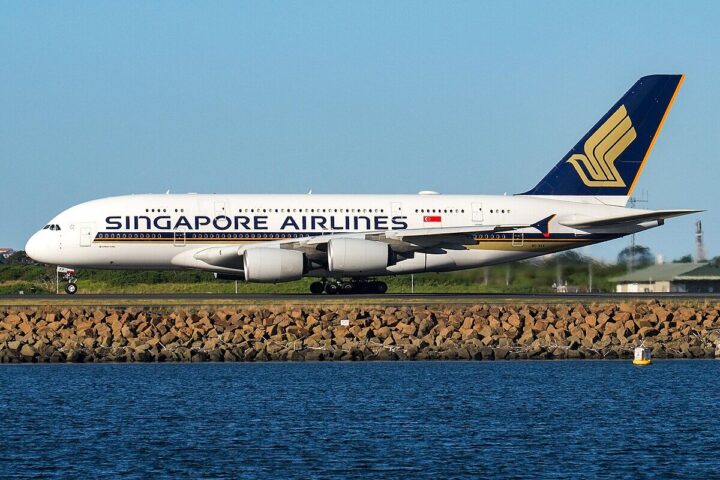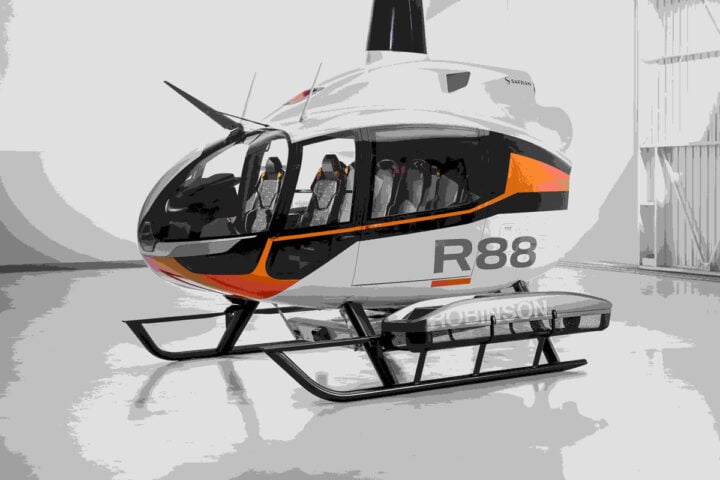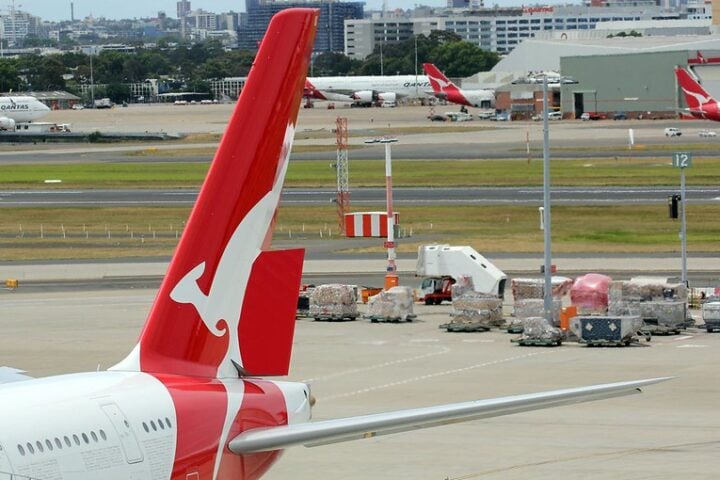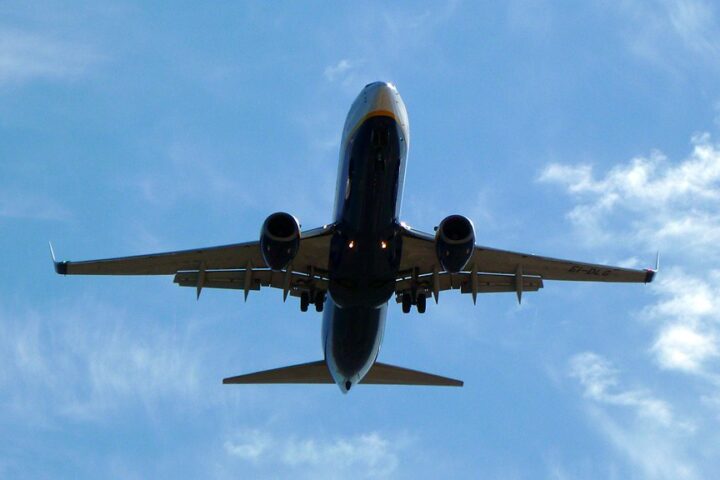On July 12, 2024, in New Zealand, Dawn Aerospace, a space transportation company with operations in New Zealand, the Netherlands, and the United States, announced that the Civil Aviation Authority (CAA) has granted it a certificate allowing the Aurora Mk-II to operate at unlimited speeds, including supersonic speeds, up to an altitude of 80,000 feet (24,000 meters). This certification permits operations beyond visual line of sight (BVLOS) without the need for restricted airspace.
The Mk-II Aurora is a rocket-powered aircraft designed to be the first vehicle capable of flying to an altitude of 100 km, the edge of space, twice in a single day. It is rapidly reusable and cost-effective, making it well-suited for a variety of microgravity applications, such as high-speed flight research, Earth observation, as well as other military and civilian uses.
Since the first flight of the Aurora Mk-II in July 2021, Dawn has conducted 50 flight tests using both jet and rocket propulsion. During its last flights in 2023, the Mk-II reached speeds of 370 km/h and altitudes of 9,000 feet (2,700 meters). The vehicle has since undergone numerous upgrades and tests. The final pre-flight test, a full system test, included a 60-second engine ignition and restart to demonstrate its throttle capability.
“At full performance, the Mk-II will fly faster and 2.5 times higher than any prior aircraft that takes off from a runway, including the current record holder, the SR-71 Blackbird. That is the power of bringing rocket performance to an aircraft platform,” said Stefan Powell, CEO of Dawn Aerospace.
The first test flights of the supersonic aircraft began in 2021. At that time, the maximum speed was limited to just over 300 km/h at altitudes below 6,000 feet (~1.8 km). The prototype tested during this phase was powered by simple jet engines. The main objective was to assess the aircraft’s structure and avionics.
Similar Posts
The next flight test campaign, scheduled from July to September 2024, will include up to a dozen flights. The main objective is to extend the vehicle’s envelope to Mach 1.1 (supersonic) and 70,000 feet (21,000 meters). Another goal is to demonstrate its ability to conduct two flights per day to prove its cost-effectiveness.
“To the best of our knowledge, this would be the first privately funded UAV to break the sound barrier,” Powell added.
Ultimately, the Mk-II Aurora is expected to fly at a maximum altitude higher than that of the SR-71 Blackbird, the current record holder. In its final version, the Aurora is expected to fly at an altitude of 100 km, carrying freight, thanks in particular to a hydrogen peroxide and kerosene rocket engine.
Dawn Aerospace’s ambition is to exceed the speed of sound, specifically reaching Mach 1.1 (~1,358 km/h) at an altitude of 70,000 feet. This marks a significant step forward in the company’s efforts to revolutionize air transport.
